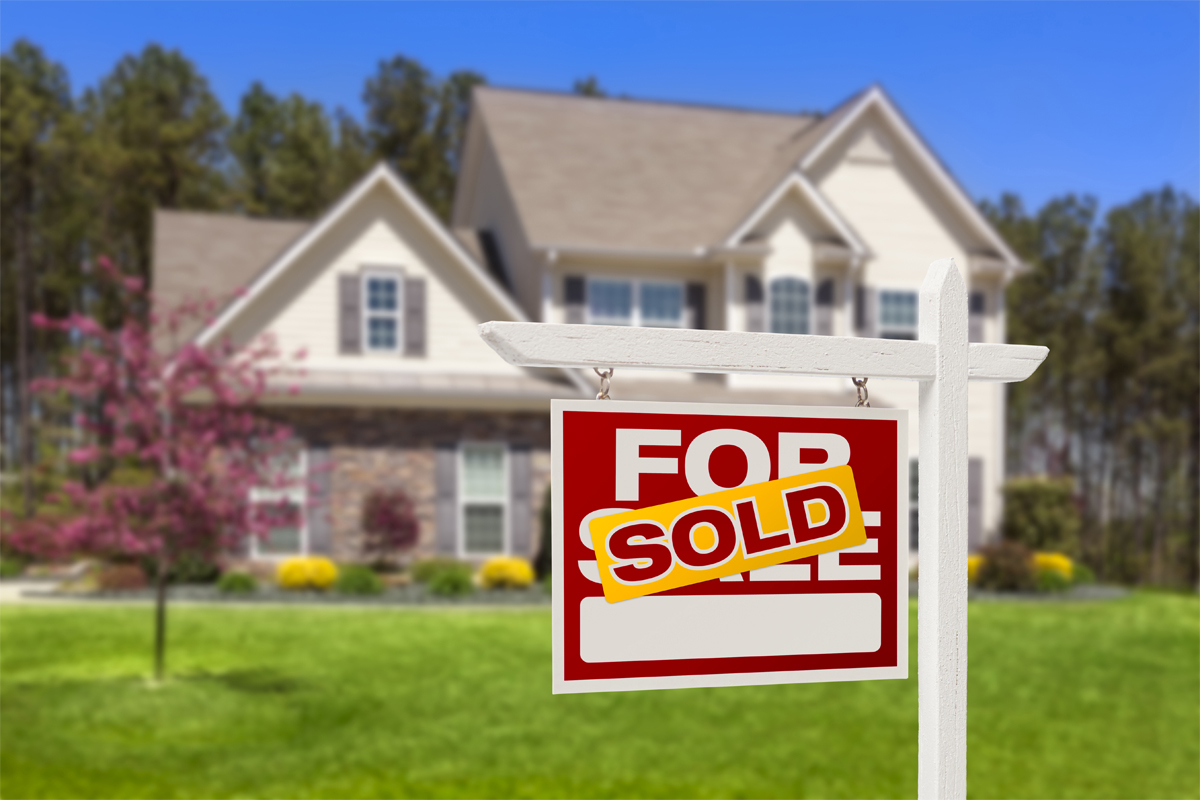San Marcos: Skies Lined with Student Housing
by, Holly Ratcliff
Due to its influx of citizens, the City of San Marcos manages inevitable growing pains. It is no surprise that this increase in population is a direct result of the City’s center—Texas State University. If it seems students are the predominant demographic for everything from food to fashion, recreation to housing, it’s because they are.
In Fall 2015, Texas State had a total of 37,979 students (University Marketing). With San Marcos’ own population around 58,000 strong, roughly 66% of its population is composed of students. This is further reflected in an analysis of the City’s population growth provided by Planning and Development Services: only 667 of San Marcos’ newest residents were ‘Non-Student Oriented,’ whereas 1,308 students were ‘Student Oriented’ (2015). Given the City’s continual increase in population, one of the most pertinent problems is a lack of sustainable housing.
At this point in time, Texas State has a clear policy which requires many prospective freshmen live on campus: “Texas State Housing Policy requires all students under the age of 20 and with less than 30 credit hours earned by September 1, 2016, to live in on-campus housing. Students who graduated high school the year within 12 months of attending college, regardless of age or credit hours, must live on campus” (Department of Housing and Residential Life). These dorms are available on a first-come, first-serve basis, leaving the remaining students at the mercy of off-campus housing.
The presence of housing developers is made apparent by San Marcos’ burgeoning skyline; projects like Ella Lofts loom over local businesses and parts of the University itself, promising residents flat screen TVs and memory foam mattresses.
The University responds simultaneously, rapidly completing Chautauqua and Gaillardia Hall in 2012 as well as Sayers and Falls Hall in 2014. Even still, they turn toward new housing projects for 2016.
Texas State University plans to spend $59,834,337 on their newest student housing project: Moore Street Housing, “a 598-bed facility, consisting of two residence halls and a connecting community building” (Planning, Space Management, & Real Estate).
This would be followed by additional construction of the Hilltop Complex that requires the demolition of current dorms Arnold, Burleson, Hornsby, and Smith Hall into “five Residence Halls and one Community Building/Dining Facility” (Planning, Space Management, & Real Estate). Although this project is estimated to cost $132,252,870, this would add an additional 1,200 beds.
With the inclusion of Moore Street Housing and the exclusion of Arnold, Burleson, Hornsby, and Smith Hall, Texas State’s Department of Housing can only offer roughly 6,926 beds this upcoming year.
Until the City’s population stills, housing developers will likely continue to market cheap, luxurious apartments to students. Whether it is The Avenue, Woods, or Ella Lofts, a skeleton of pipes and concrete are raised overnight, amenities included.
With all this in mind, one might wonder where the rest of San Marcos’ residents are supposed to reside. On April 26, the Hays County Commissioners Court proclaimed May 2016 would be known as “Older Americans Month,” but do older residents of San Marcos have a say in how their city is built?
In a survey regarding the state of San Marcos, one participant commented, “The job of the planning department should be to protect the integrity of existing neighborhoods and [ensure] adherence to the master plan. My impression is that they are more interested in selling out the citizens to developers who care little about the livability or quality of life in our city” (City of San Marcos Community Survey, 2013).
In an analysis of the 2015 San Marcos Community Survey Findings, researchers found that 49% of participants were dissatisfied with the overall quality of new development; another 51% were dissatisfied with how well the City is planning for growing.
It is clear that the current housing developments across San Marcos leave citizens dissatisfied. As the City swells, its leaders should invest in long-term, sustainable housing developments placed with attention to the floodplain and surrounding infrastructure. Now is the time to lay careful taproots, securing the City’s future.






